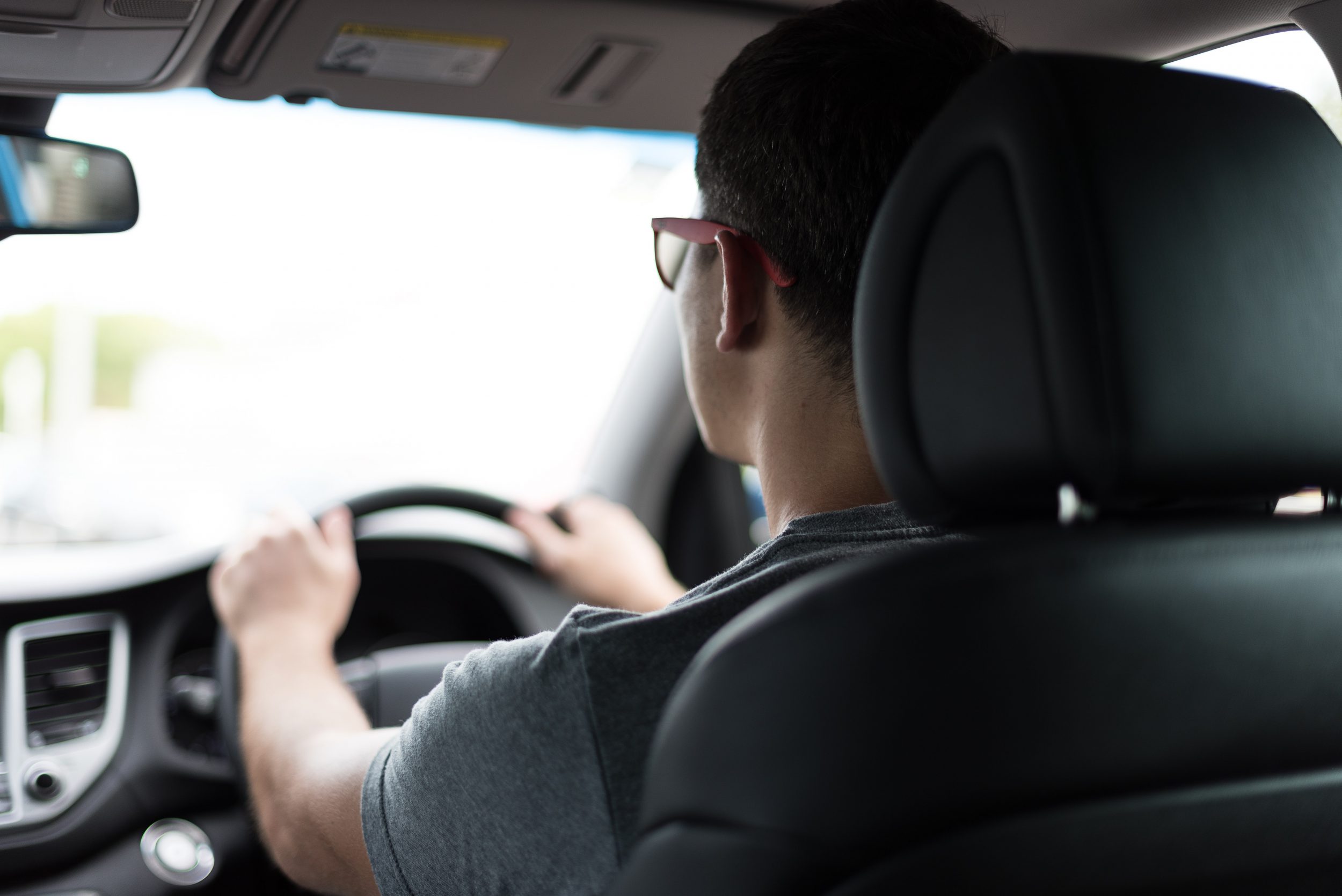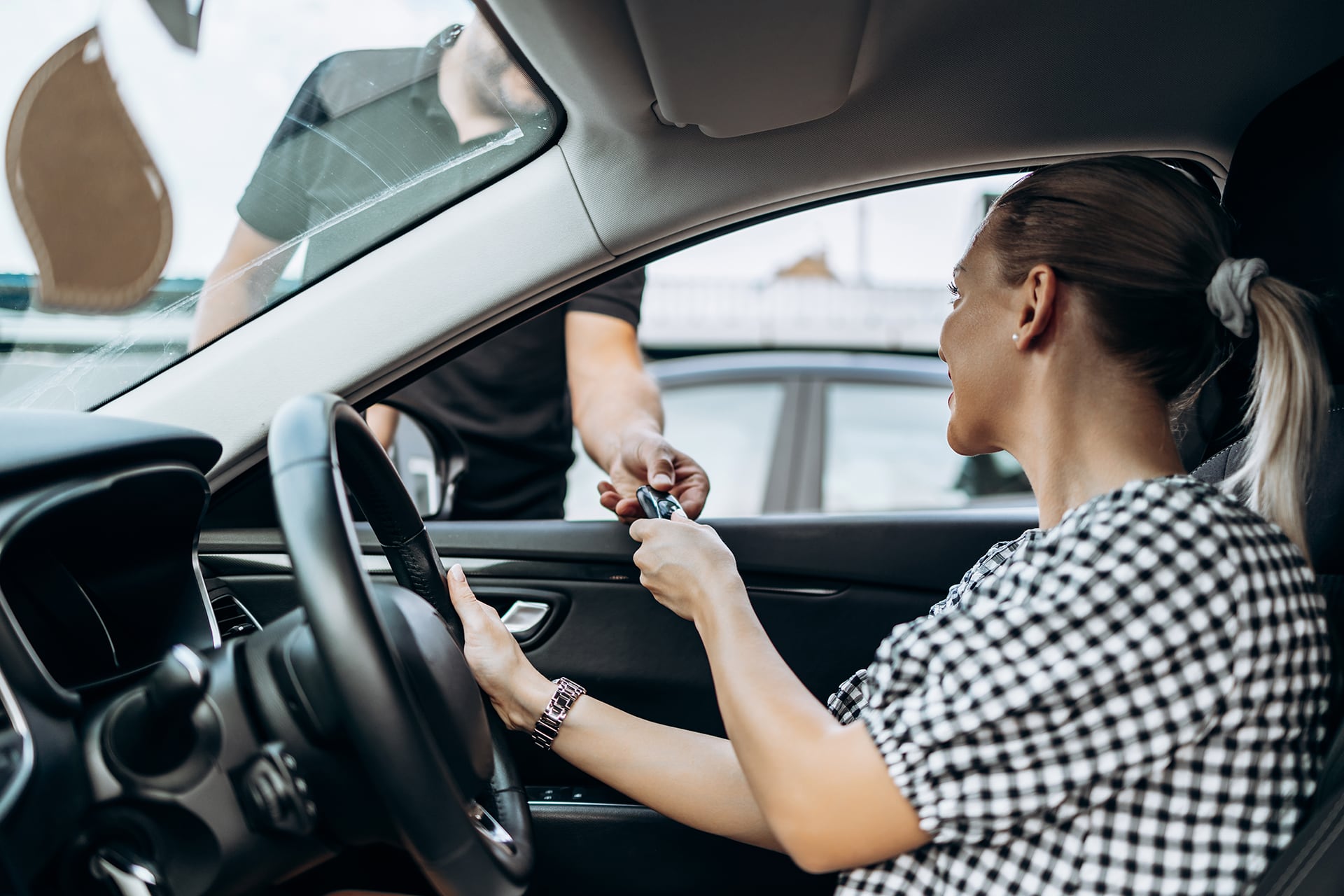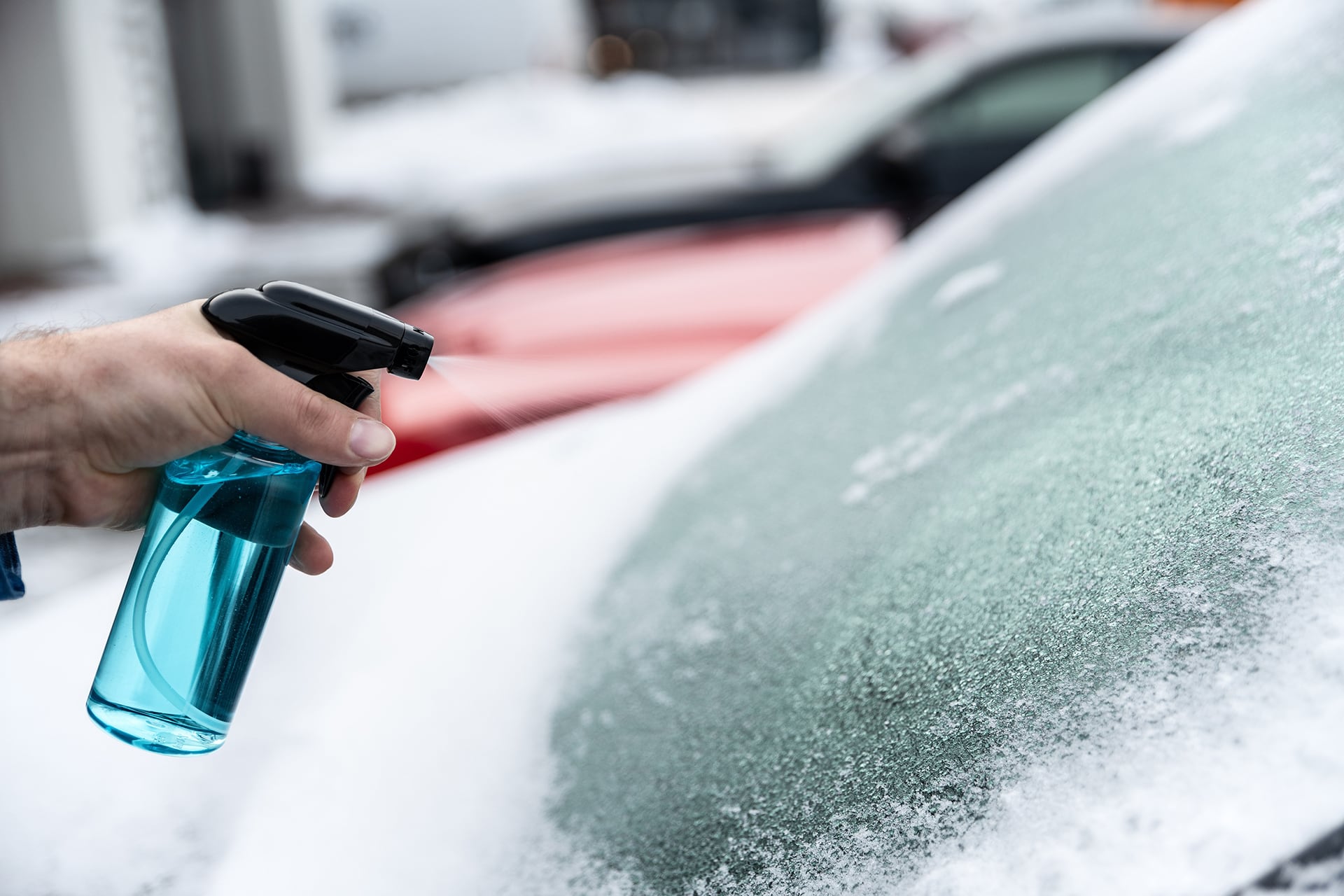As learner driver insurance experts, we know how nerve-racking it can be to take your driving test for the first, second or even third time – there are lots of things to remember, and just a small mistake is enough to deny your application for a pink licence.
While you are allowed to make 15 driving faults (or ‘minors’) during the test, one single serious or dangerous fault (‘commonly known as majors’) will result in an instant failure.
Serious faults are something potentially dangerous, whereas dangerous faults involve actual danger to you, the examiner, the public or someone’s property.
To help you avoid these major mistakes during your own practical driving test, we requested the latest data from the DVLA on the most common reasons why people fail instantly.
We’re sure any learner drivers reading this have a great chance of a pass, as long as they get learner driver insurance sorted, get plenty of practice behind the wheel with a qualified instructor or experienced driver, and pay attention to the driving conditions and other road users!
These are the top 10 reasons for an ‘instant fail’
| Reason for Instant Fail (Serious or Dangerous Fault) | Percentage of Drivers Who Did This in Their Test |
| Junctions – observations | 26% |
| Mirrors – change direction | 20% |
| Junctions – turning right | 11% |
| Response to signs – traffic lights | 11% |
| Control – steering | 10% |
| Move off – safely | 10% |
| Response to signs – traffic signs | 9% |
| Positioning – normal driving | 9% |
| Response to signs – road markings | 9% |
| Maintain progress – speed | 8% |
The most common reason for an instant fail was incorrect observation at junctions.
Interestingly, the stats show that significantly more major errors occurred when turning right at junctions (11%) than turning left at junctions (1%) so that’s something to keep in mind!
How to avoid the most common reasons for an ‘instant fail’
The data shows that over a quarter (26%) failed their test instantly because they did not observe a junction correctly.
Since it is highly likely that you will need to navigate several junctions as part of any car journey, understanding how to tackle them safely is a vital part of learning to drive.
Depending on which kind of junction you are approaching, there are several things you can do to help you avoid a major fault here.
It may seem like a no-brainer, but the first way you can fail is by not noticing the junction in the first place, which creates a dangerous situation whereby you could collide with another car or a pedestrian.
As you approach any junction, take note whether your vision of the road is obstructed and pay close attention to any signs to ensure you stop or merge into the right lane on time.
Always be aware of your surroundings to ensure you match other cars’ speed and don’t obstruct other drivers by slowing down too quickly.
Observing junctions is closely tied to the second most common reason people instantly fail their driving test: checking mirrors correctly (20%).
Keeping an eye on other drivers around you is vital in any scenario, but especially when merging in and out of a junction.
Take care not to miss out on your blind spots and remember to follow the Mirrors – Signal Manoeuvre (MSM) before switching lanes.
One in five did not respond to traffic lights and signs correctly
As part of your driving test, you are expected to drive independently. This includes responding to traffic lights properly, but one in ten failed test takers (11%) came unstuck due to incorrect behaviour at a traffic light.
The most obvious examples of failing in this category are driving past a red light or stopping for a green light (you’d be surprised – this does happen!)
However, this doesn’t mean you should blindly follow the lights either. Proceeding as soon as the lights turn green can lead to a serious or dangerous fault if the road is not clear first.
You are also expected to spot and respond to traffic signage along the road. Missing a traffic sign can happen quickly, for example when it isn’t clearly visible, or when you are distracted by what is happening on the road.
Always be on the lookout for signs to make sure you’re not caught off guard, for example by driving faster than the speed limit or ending up in one-way traffic.
Other interesting findings
Between July 2021 and March 2022, 429 learners who had hopes of a pass saw them end before they even entered the car, for having poor eyesight. Instructors check this by making you stand a certain distance from a vehicle and asking you to read the number plate.
That isn’t the only way to ruin your chances in the opening seconds of your test though. One in ten learners have failed due to moving off in an unsafe way. This refers to any time the car is accelerating from a stationary position, for example at the start of the test or while re-joining traffic after stopping at the side of the road.
The Prepare, Observe, Move (POM) routine can help you move off in a safe way. Firstly, ensure you are ready to move the car. Then, check over your shoulders, mirrors, and blind spots before setting off. Continue to check these as you move to the normal driving position.
The data also shows that common fears do not actually lead to instants fails as frequently as you might think. For example, many learners worry about performing manoeuvres such as reverse parking during their test, but only around one in twenty (6%) of learners who failed their test did so for this reason.
Changing gears is one of the biggest challenges faced by learner drivers and the fear of changing too early or too late can cause a lot of worry. However, statistics show that mistakes here are no major cause for concern, as they only made up about 3% of all test fails.
Giving yourself the best chance of passing first time
There is no doubt that driving tests are very hard in the UK, with a pass rate of just 47.1% between January and March 2022.
Now that you know what the most common causes for instant fails are, you can practice for these scenarios by driving in between your lessons. You can practice in any car, as long as you’re supervised (subject to your insurers underwriting criteria).
If you’re heading out onto the road to get in some practice behind the wheel, then you’ll need insurance that covers you if you have an accident or unintentionally damage your car. Here at Dayinsure we offer flexible learner driver insurance from one day to five months – depending on what you need.
It’s easy to get a quote. All you need to do is complete our four-step form.
We’ve also put together additional tips to help you get ready before and on the day of your driving test.
Our data
We acquired this data via a Freedom of Information request in September 2022. The request was made to the DVSA for a breakdown of the most common reasons for dangerous and serious faults in driving tests in the UK. The data covers test faults between 01/07/2021 and 31/03/2022 where the category of test is B and the test result is Fail. Information on the number of minor and major faults allowed is here.



